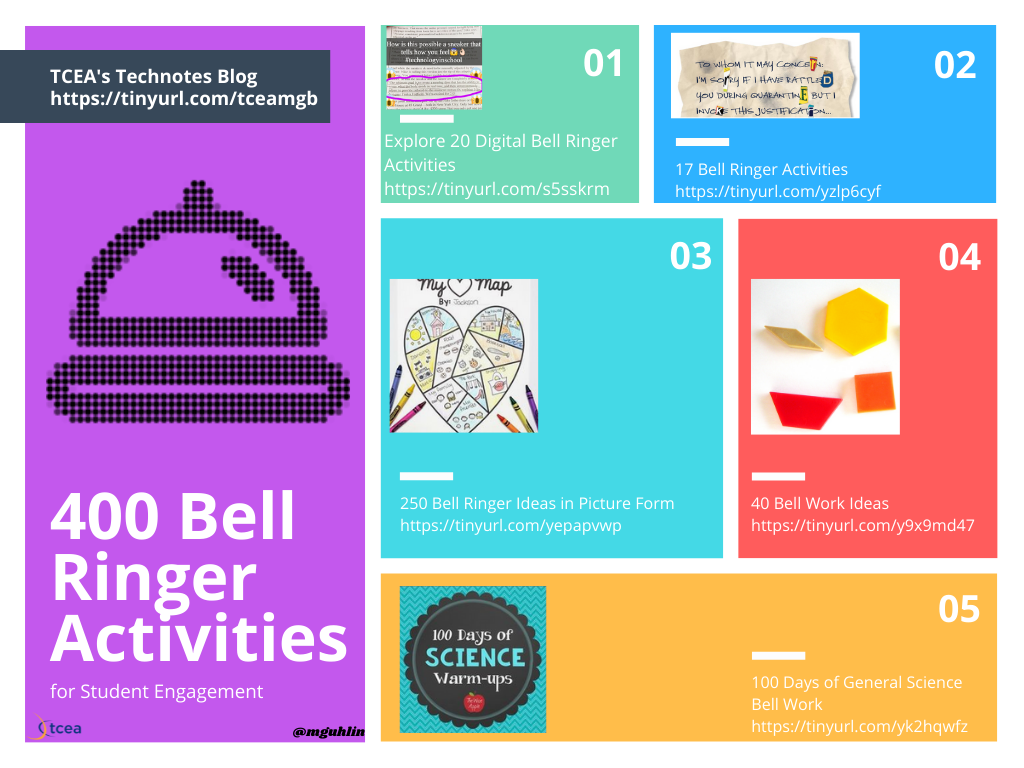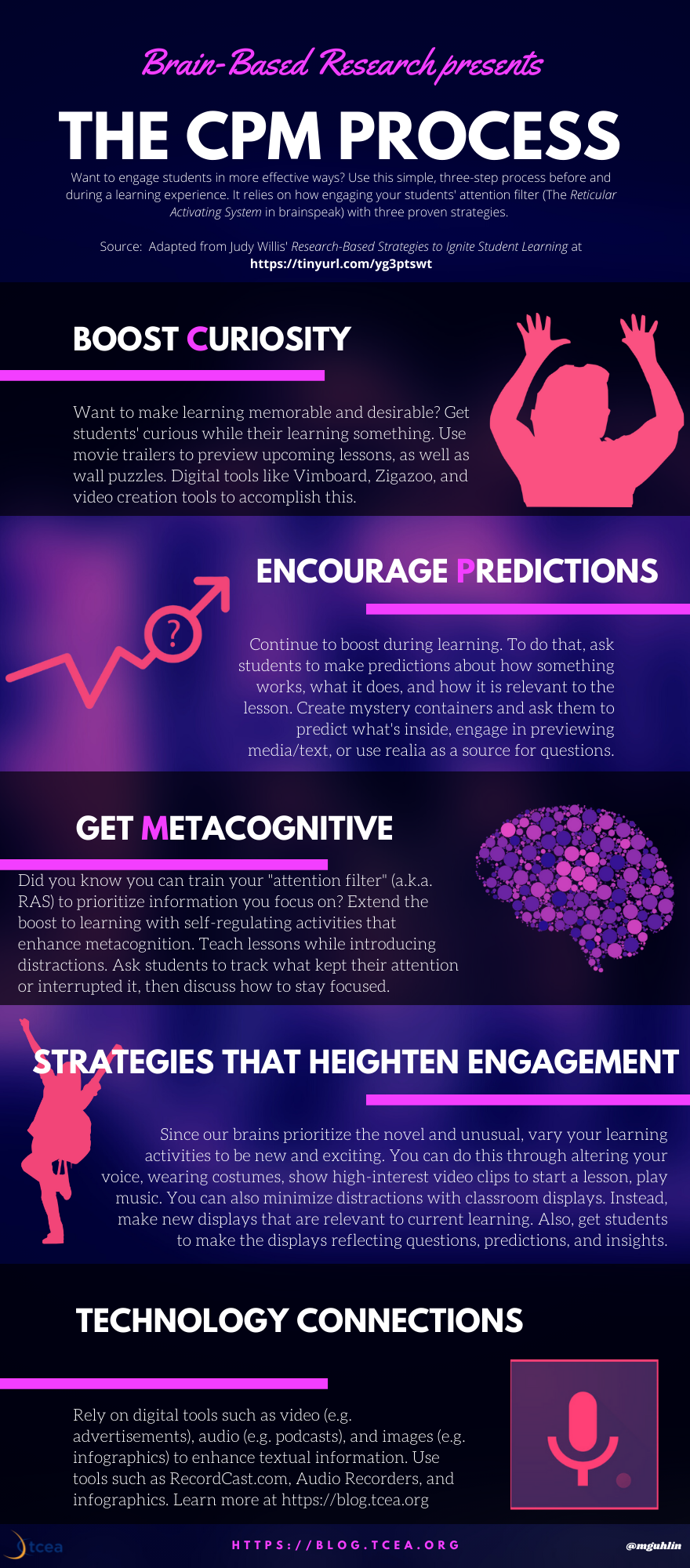If you wish you had an easy way to engage students, the author of Research-Based Strategies to Ignite Student Learning by Judy Willis, M.D., offers suggestions for taking every student’s attention intake filter into account. Suggestions include influencing the Reticular Activating System (RAS) in our brains, and in today’s post, we will explore how brain-based bell ringers can improve retention and engagement.
What Are Bell Ringers?
Bell ringers are activities that students do as they walk into class and wait for the bell to ring. According to practitioners, this “bell work,” as it’s known to some, has benefits including but not limited to:
- Engaging students in short assignments or assessments
- Reviewing key concepts already taught
- Stimulating classroom discussion that supports the lesson
- Identifying misconceptions and misunderstandings learners may have
There is a lot more information out there about why bell ringers are beneficial. Reviewing brain-based research can give us insight into what types of bell ringers will be most beneficial for students. Let’s take a look.
What’s the Brain-Based Research Connection?
A part of our brain, known as the Reticular Activating System (RAS), works as an information filter. According to Dr. Willis, the RAS allows only one percent of the information to filter through. That’s right; your attention intake filters block millions of bits of information, keeping out the irrelevant. According to the author, this presents a challenge for teachers because it prevents students from paying attention to and retaining what is being taught.
Let’s now examine how we get critical knowledge and information past this attention filter to retain as much as possible.
Designing Bell Ringers
Since learning relies on what gets past the attention filter, bell work must help the information sink in. To do this, bell ringer activities should engage students in new, unusual, or unexpected ways. Using curiosity, prediction, or metacognition (the CPM process) to review, revisit, practice, and assess skills and concepts that were previously taught or to present new information that students may not normally retain can be highly effective.
Before exploring the CPM process, know that you can find a wide variety of bell ringers or bell work online. In fact, I’ve included links to over 400 bell work examples in the graphic below. And, of course, you can follow the Twitter hashtag for more #bellwork.

View clickable version of this infographic – https://tinyurl.com/tceabellringers
When you’re ready to design bell work, remember that you can take several approaches, including one which involves practice testing. This is an evidence-based strategy (i.e. retrieval practice) featured in several previous TechNotes’ blog entries. Consider this diagram from Joel Toomer (@ToomerTeach):

Another approach could be to use bell work as a way to engage students’ curiosity. To do this, use bell work to kick off a learning experience. Then, facilitate the CPM process. This process, as adapted from Dr. Willis’ work, might look like this:

As you may know, metacognitive strategies such as prediction are evidence-based, and play a key role for self-regulated learners. Prediction works to sustain curiosity, consequently deepening the learning. What’s more, it makes the learning more desirable and memorable. Our brains want to know the outcome, which is why this strategy works. When students make predictions about their learning, they remember more as a result.
You can extend learning with metacognition during bell ringer activities. One way to do this is by having students keep notes about their learning, write down questions they may be curious about, or note predictions related to the bell work.
Entry Ticket Bell Ringers
Using entry tickets as bell ringers makes reviewing and introducing concepts easy. You can learn more about entry tickets by exploring the Wakelet collection below.

View the Wakelet Collection
Using bell work is a great way to engage learners as class starts, especially using metacognitive strategies to spark curiosity and invite predictions in new and exciting ways. I hope you find these resources helpful in implementing effective, brain-based bell ringers in your classroom.
